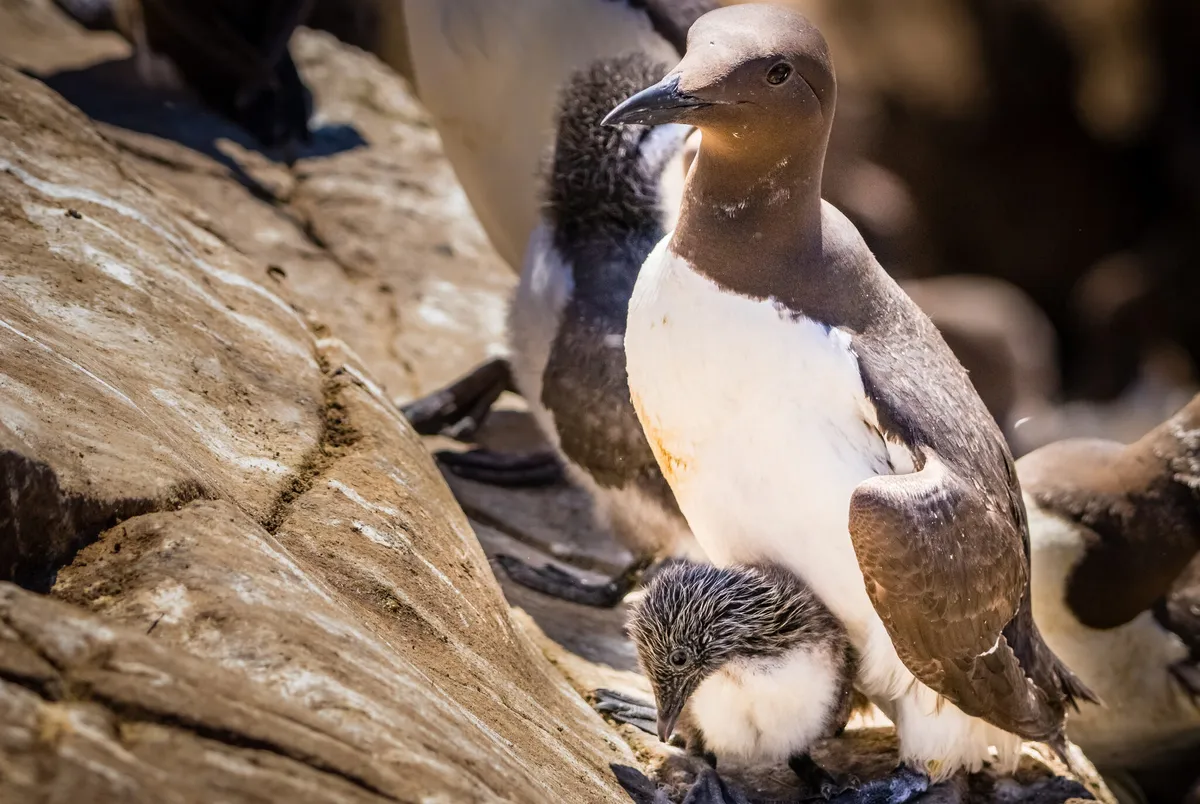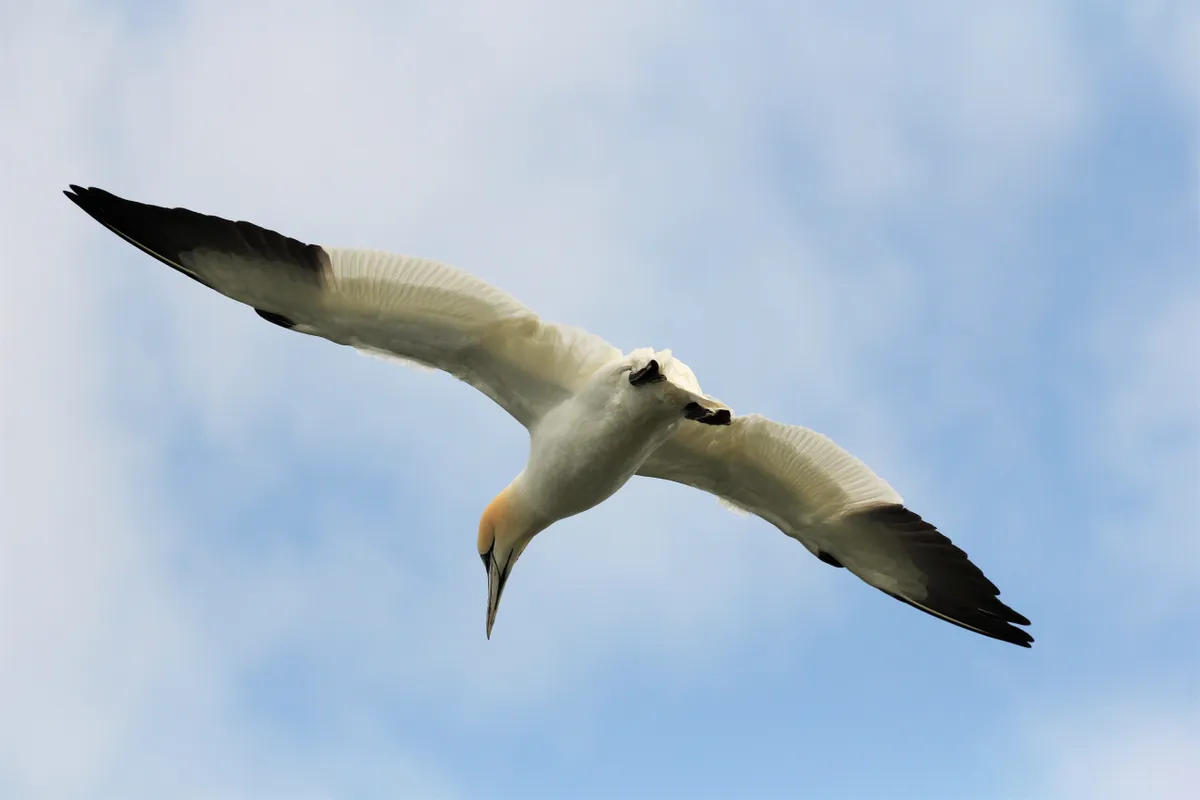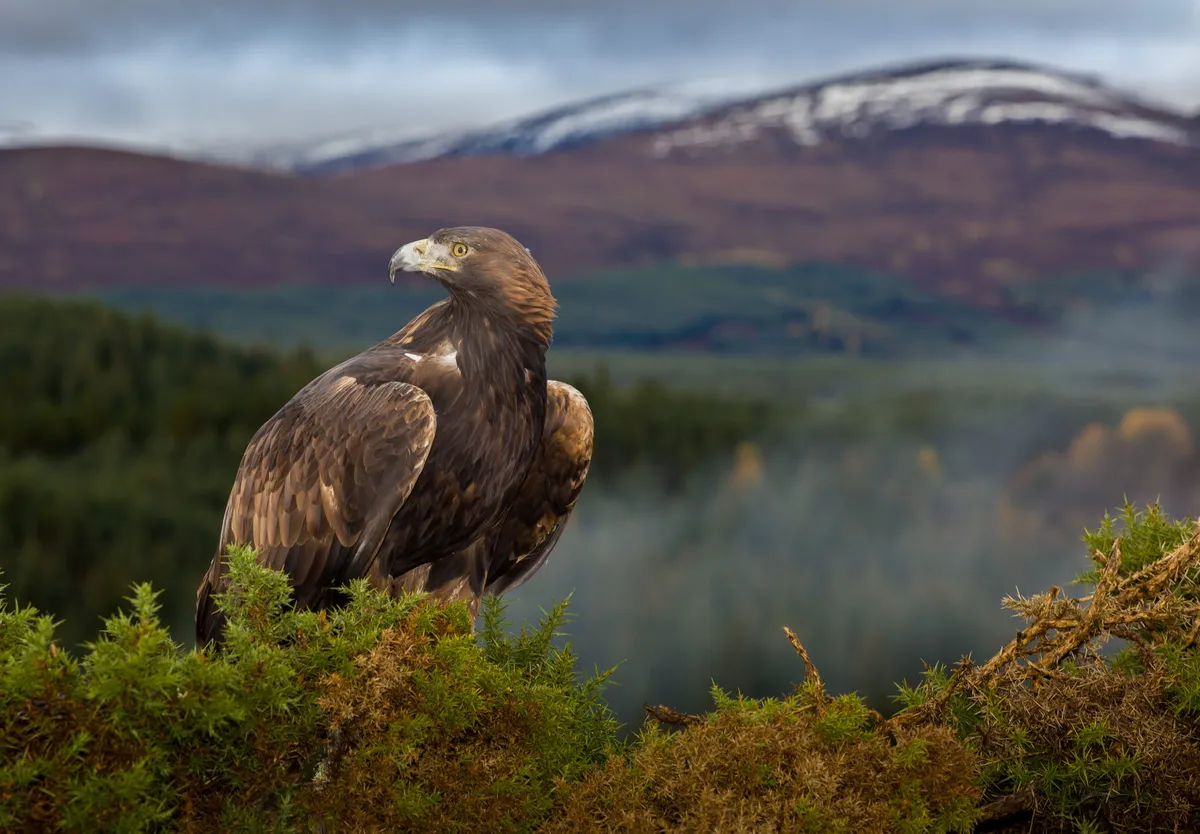There is a highly pathogenic strain of bird flu currently rife across the UK, with much of England and Scotland under enhanced biosecurity measures to limit the spread.
Here, we bring you everything you need to know about this current strain of bird flu, the bird populations affected and what the plans are to minimise further outbreaks.
What is bird flu?
Bird flu, known as avian influenza (H5N1), is an infectious type of flu that spreads among birds. In rare cases, it can spread from birds to humans – but human-to-human transmission of the virus hasn't been reported.
If treated early in humans, then it poses low risk. However, infected birds in the UK have to be humanely culled to prevent further spread.
In the US, bird flu has mutated and spread to cows, which has led to concern that it could one day mutate and spread to humans, leading to a flu pandemic.

Where did this current strain of bird flu come from?
The current strain of bird flu in the UK has the DI.2 genotype, which is one of the viruses known to be circulating around the UK. This genotype is different from the one spreading among mammals and birds in the US.
The first case of the current outbreak was confirmed in England on 5 November 2024. The previous outbreak of bird flu in poultry and other captive birds in the UK occurred on 14 February 2024 – which marked a particularly devastating season for seabirds.

How do birds become infected with bird flu?
Birds can be infected with the virus through contact with infected saliva, nasal secretions or faeces. Wild birds including waterfowl are often more resistant to avian influenza than domestic birds, and can carry and transmit the virus without showing evidence of disease. Movements of poultry around and between countries is another known factor.
How many birds have died from bird flu?
The true number of birds dying from bird flu may not be known as many die at sea or are washed away. There is no cure or treatment and almost all infected birds die.
Bird flu survives after it has killed its host and there is concern that it could spread widely in white-tailed and golden eagles when they scavenge or kill dead or infected birds.
Britain's seabird populations are of global significance, with the UK holding 56% of the worlds northern gannet population and Scotland holding 46% of the world’s northern gannets and 60% of the world’s great skuas. Northern gannets are amber listed and great skuas are red listed in Birds of Conservation.
Which species have been affected by bird flu?
- Great skuas: Some colonies have lost up to 80% of their populations. The National Trust for Scotland (NTS), which manages the Unesco World Heritage of St Kilda, which lies 40 miles west of Harris and Uist, said a significant proportion of the islands' great skuas. Also known as bonxies, dead birds have been found on Papa Westray, Shetland and elsewhere.
- Guillemots have also been hit.
- The key roseate tern population on Coquet Island in Northumbria has also been devastated.
- Black-headed gulls have been found dead from the disease in Suffolk.
- Ornithologists estimate 3,000-4,000 barnacle geese died over the 2021/22 winter around the Solway firth, a third of the regional barnacle geese population.
- More than 100 gannets have died on St Kilda. At Bass Rock in the Firth of Forth, the world’s largest gannetry has also been hit with more than 150 dead birds discovered along the coastline. Others have been found dead at Noup Head in Westray.
- The impact on the European continent and further afield has been similar with at least 400,000 wild birds estimated to have died in 2,600 outbreaks. Among poultry, 3,000 reported outbreaks have led to 77 million birds being culled.
Curiously so far puffins, kittiwakes and fulmars have been relatively unscathed, even when they have bred in multi-species colonies where other species have been hammered. The RSPB is keen to establish if this is down to chance or something more significant.
Defra and the UKHSA says the risk of avian flu in common garden bird species such as finches, sparrows, tits, warblers, robins, wrens, swallows as well as pigeons is very low.

What happens next?
After cases of bird flu rose, Defra announced that it was extending the Avian Influenza Prevention Zone (AIPZ) to cover Shropshire, York and North Yorkshire. It already covered East Riding of Yorkshire, City of Kingston Upon Hull, Lincolnshire, Norfolk, and Suffolk.
The rest of England is now under enhanced biosecurity measures – although mandated housing has not been announced – with a similar zone also applying in Scotland.
In County Tyrone, Northern Ireland, a wild goose was confirmed to have bird flu on 16 January 2025. It was the first wild bird to have tested positive for bird flu in Northern Ireland since September 2023.
Is it only wild birds who are affected?
No. Several reports of H5N1 have been identified at poultry farms across the UK. Protection, exclusion and surveillance zones were set up in affected areas. If mandatory housing of birds is required, eggs are sometimes labelled as 'barn eggs' instead.
Do imported birds and poultry products play a part in the disease?
Not only is avian flu likely to have originated in Asian poultry farms and arrived via processed and air-freighted meat, but current practices may compound the problem. Ornithologists have expressed disquiet at the widespread import of game birds for the shooting industry from France where the major breeding sites for pheasants and partridges in the Vendée and Loire Atlantique has been affected by avian flu.
What can be done to prevent or minimise future outbreaks?
Nothing can be done to save individual birds infected. But the RSPB believes that to deal with future outbreaks in wild birds, improved surveillance, testing and carcass collecting is essential; and that an effective plan should be put in place for biosecurity measures and to minimise disturbance.
What to do if you see a dead bird
The risk of contracting the disease from a wild bird is very low but you are advised not to touch any sick or dead birds, their droppings, or any water nearby as the virus survives long after it has killed its host. Should you find any dead swans, ducks, geese, gulls, seabirds, birds of prey or five or more of any other species in one place, report them to Defra on 03459 335577 or in Northern Ireland to DAERA on 0300 200 7840.
Main image: Great skua/Getty Images
